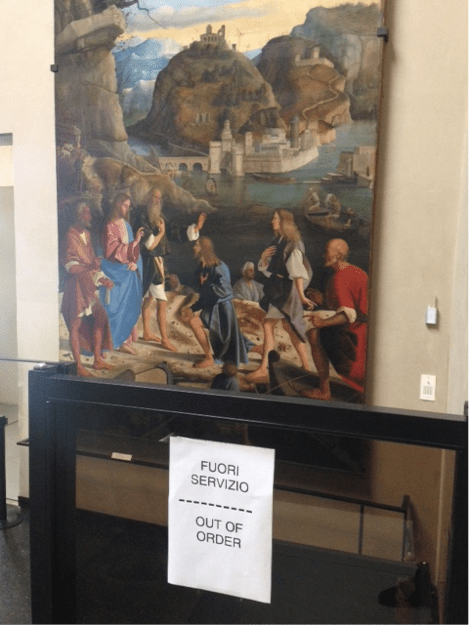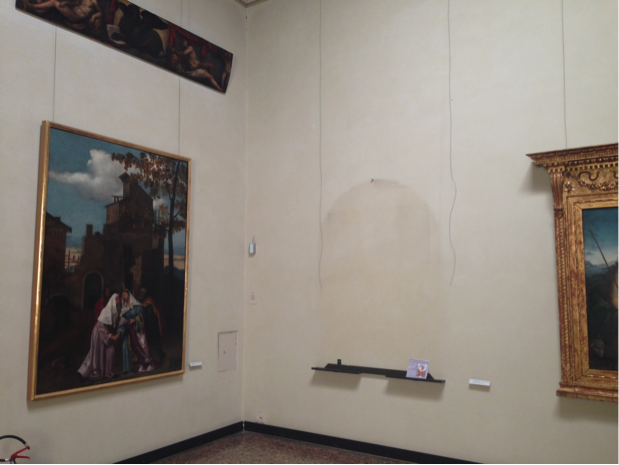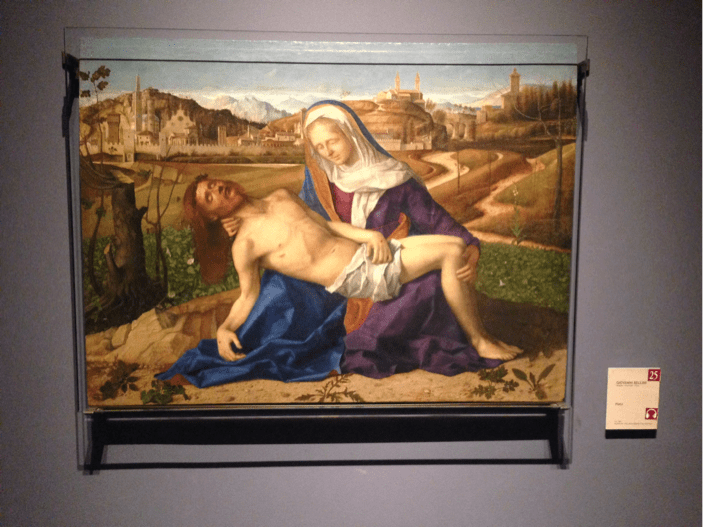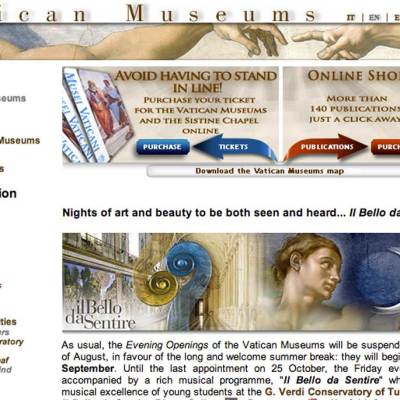The Italian culture ministry recently published the names of the candidates who have been shortlisted for 20 museum directorships at major national museums and archaeological sites. The idea is to breathe life into the country’s moribund museums, granting a revamped management the autonomy to take spending decisions and reinvest the revenue that the institutions generate. Up to now, the ministry itself has overseen the books.
Directing the Galleria dell’Accademia in Venice sounds like a dream job – stewarding the greatest collection of Venetian Renaissance paintings in the world. But visiting the museum earlier this month brought home just how neglected the galleries have become, and how daunting a challenge it will be to revive them.
I cannot remember seeing a museum building in such a ruinous condition. The museum may have unveiled 30 new galleries at the end of 2013, but the historic galleries on the first floor of the museum are visibly falling to pieces. And the problem is not simply that the disintegrating fabric and other flaws detract from the visitor’s appreciation of the great works on display; or that funding shortages seem to have bred a general malaise. The trouble is so severe – and the steps to remedy it seemingly so casual – that one fears for the safety of the paintings themselves.
The pictures that follow ought to give an idea of the situation. I was in a slight rush, so these details are more indicative than comprehensive. Apologies for the shaky iPhone pics.
1 | Bad luck if you need to use the stairlift for wheelchair access. It’s out of order.
2 | Carpaccio label with bullet hole; Giovanni Bellini with wall piercings (after Fontana?). The gallery walls are covered with unfilled holes from previous hangs.
3| The hang isn’t adjusted when works go on loan, or are moved elsewhere in the museum. They just vanish ‘out of the office’ – leaving dangling picture wire, empty brackets, and stained walls.
4 | Vast cracks have opened up in many of the walls, most of which have been patched up with tape. Below, a Veronese Annunciation with sticking plasters.
5 | Holes in the floor, throughout. Patched up with cardboard in places.
6 | Information given in the museum is confusing and out of date. Here’s a sign announcing that five rooms are closed because an exhibition is being dismantled. The exhibition closed on 1 March, more than 4 months before this photo was taken.
7 | Poor lighting: another sign of inattention. Here’s a Bellini Pietà with a shadow horizon floating across it; and a Cosmè Tura Madonna, with what looks like a headband projected across her.
8 | Finally, and worst of all: Carpaccio’s Legend of St Ursula cycle, which has recently been restored after a fundraising campaign led by Save Venice, hangs below netting that’s been installed to catch falling slabs of the ceiling. The photo isn’t great, but you should be able to make out the shapes of pieces of plaster filling out the net; gaps in the ceiling immediately above it; and the (ubiquitous) tape laid over vast cracks in the walls.
Another shot of cracked walls behind restored Carpaccio paintings:
At the moment, the Accademia scarcely feels fit for visitors. It clearly needs a huge amount of investment, and urgently, to stabilise the building fabric and restore galleries. Yes, some of the above photographs show cosmetic details, but taken together they speak of an institution that seems to have given up on itself. It will take a strong leader to sort out this mess.

















